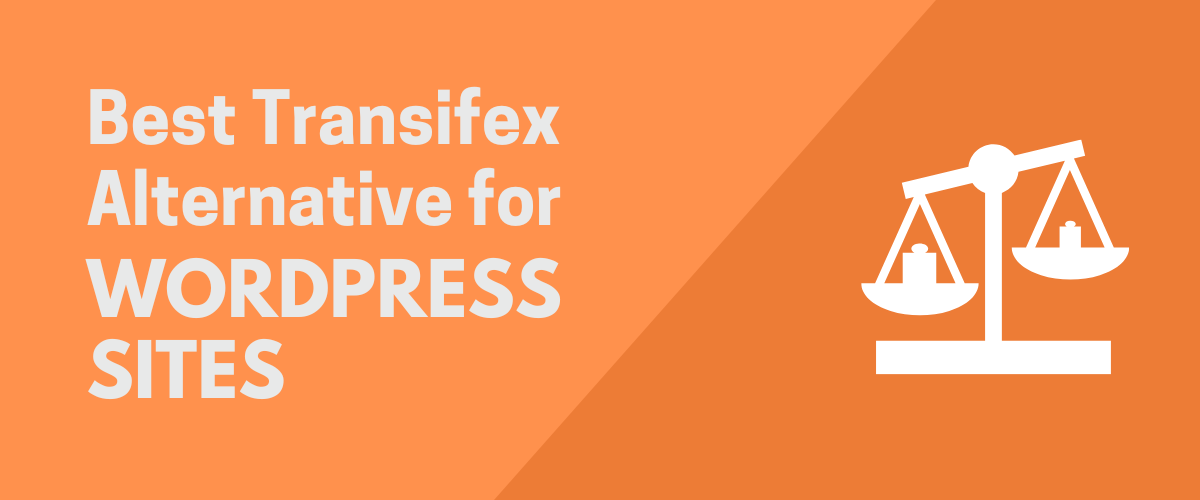
The Best Transifex Alternative for WordPress Sites
You may be familiar with the Transifex translation service. It can be a useful tool for translating pages on your static website or in an app you’re developing. However, the needs of a WordPress site are very different from software development. In this article, I’ll explain how Transifex works, then cover the best Transifex alternative […]
Continue Reading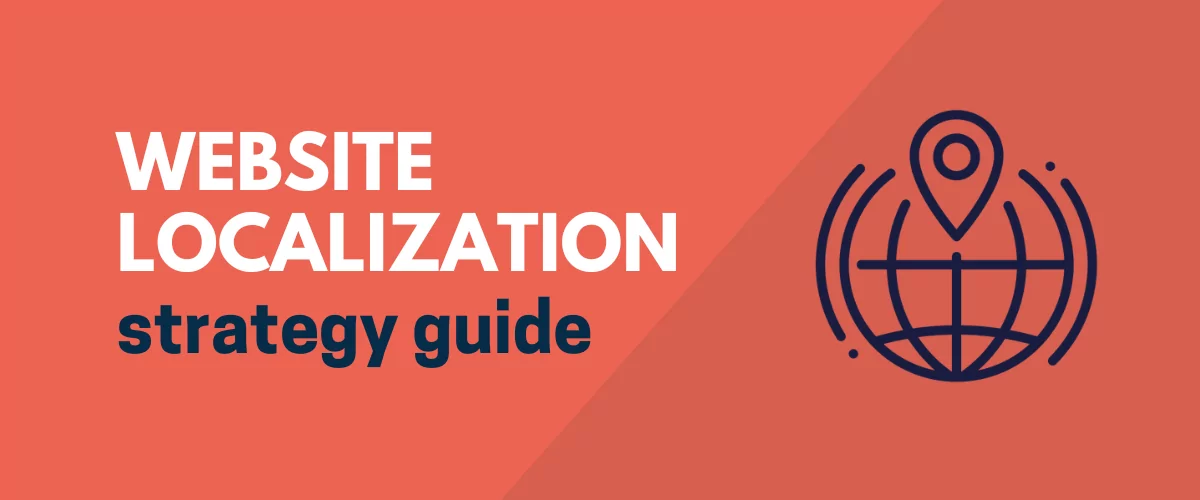
Website Localization Strategy Guide: Examples, and Best Practices
Trying to come up with a website localization strategy for your business? If you want to connect with a multilingual and/or multiregional audience, having a content localization strategy is important. So how do you come up with that strategy? Well, that’s the purpose of this post. Below, you’re going to learn everything that you need […]
Continue Reading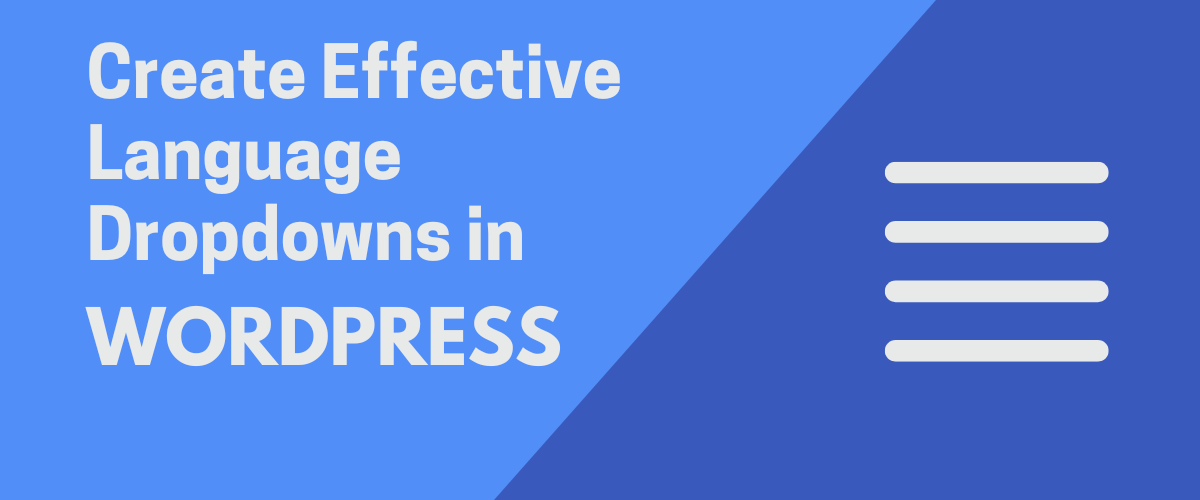
How to Create an Effective Language Dropdown in WordPress
Translating your website into multiple languages is helpful for your users, and it’s great for your traffic. When visitors see that they can read the content on your site in their language, they’ll stick around longer. As long as you’re offering translations, why not make it as easy as possible for users to switch to […]
Continue Reading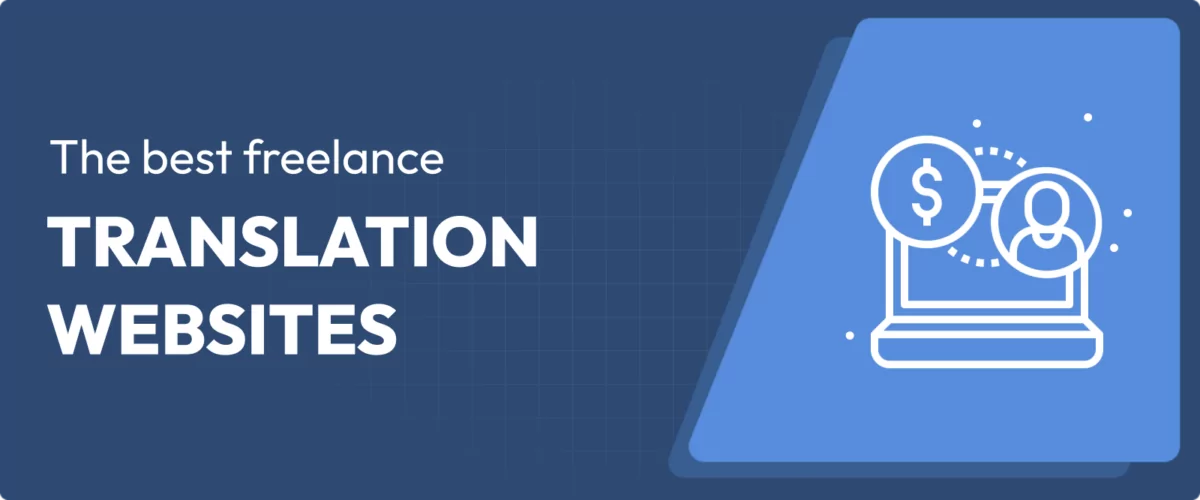
My 6 Favorite Freelance Translation Websites and Marketplaces of 2025
Searching for the best freelance translation websites to hire a freelancer for your next translation project? In this post, we did the work to curate our picks for the six best freelance translation websites and marketplaces. We’re approaching things from the perspective of a business looking to hire a freelance translator. But if you’re a […]
Continue Reading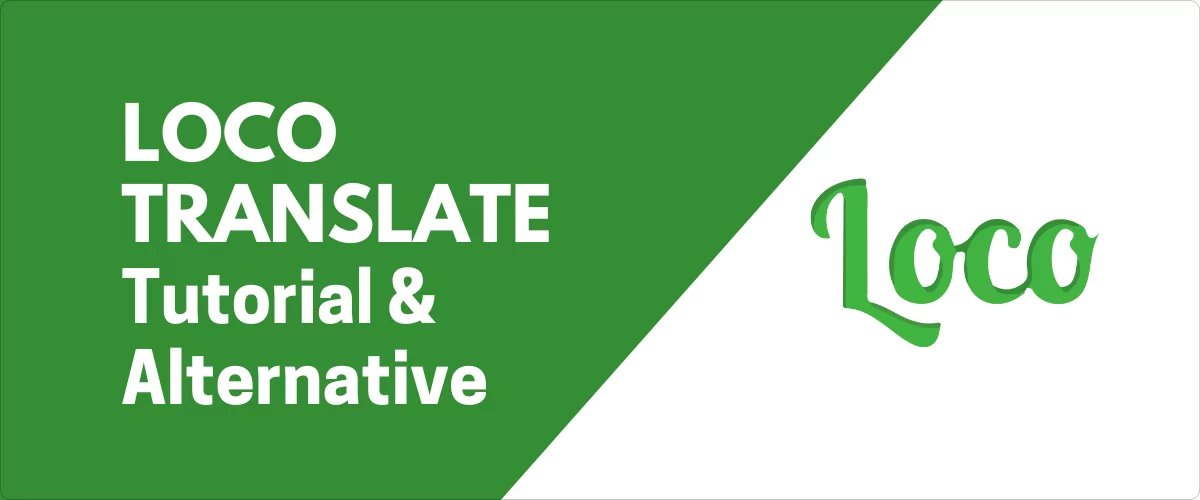
Loco Translate Tutorial & Best Alternative for WordPress
Translating your WordPress site into a different language can be challenging. There are many methods out there, and it can be hard to know what works best. In this post, we’ll show you a tutorial on how to use the Loco Translate plugin and then compare the features and functionality with an alternative: TranslatePress. Translate Your Site […]
Continue Reading
Best Free WooCommerce Plugins for Your Online Store
WooCommerce is a powerful plugin. If you run a WordPress site, it’s the best way to host an eCommerce store. You get amazing features that allow you to sell physical and digital products and services, plus utilize multiple shipping options and payment methods. While WooCommerce is amazing out of the box, there are several ways […]
Continue Reading
ChatGPT for WordPress: How WordPress AI Can Help Your Site (+ the Best Plugins)
Unless you’ve been living in a cave, you’ve probably noticed how ChatGPT took the internet by storm, even leading to seismic shifts in the search engine landscape with Bing working on adding ChatGPT-like search to its search engine (and Google jumping on with Bard). All that hype might have you wondering how you can use […]
Continue Reading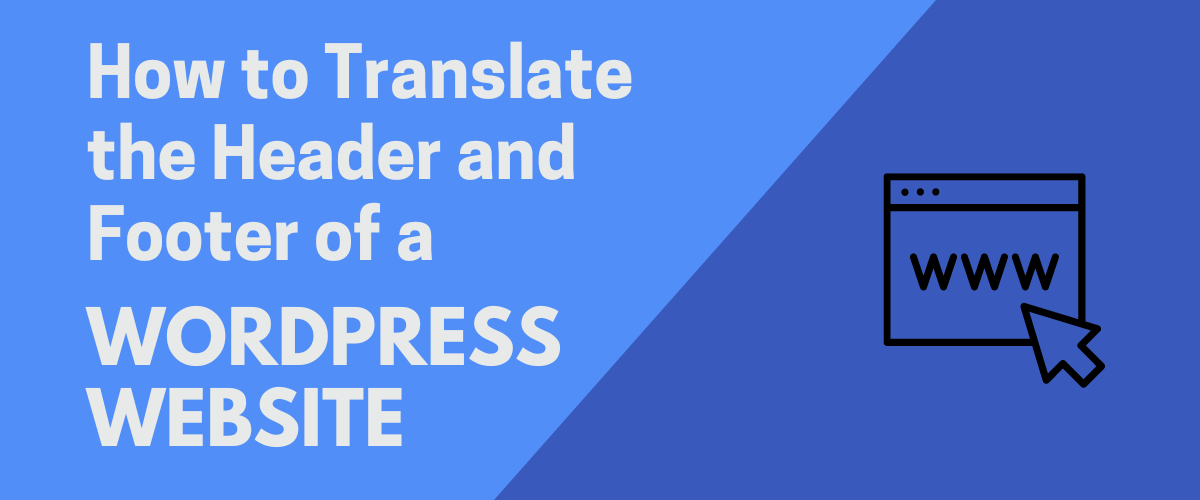
How to Translate the Header and Footer of a WordPress Site
Want to make it easier for visitors of any language to navigate your site? You can translate the header and footer of your WordPress site so users can choose their preferred language to browse it. This will make it easier for them to understand what your site’s content is about and find their way around. […]
Continue Reading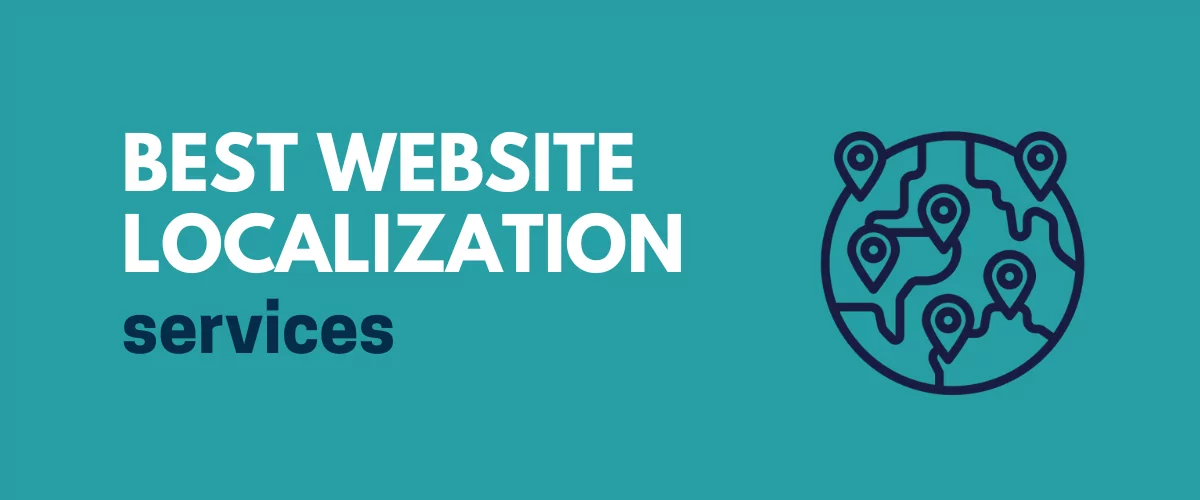
6 Best Website Localization Services for WordPress or Other Platforms
Searching for the best website localization services to localize your site’s content? Translating your site’s content is an important part of website localization, but it’s not the only part. Localization is a more holistic process that focuses on fully adapting your website to create an optimized experience for different audiences. Because proper website localization can […]
Continue Reading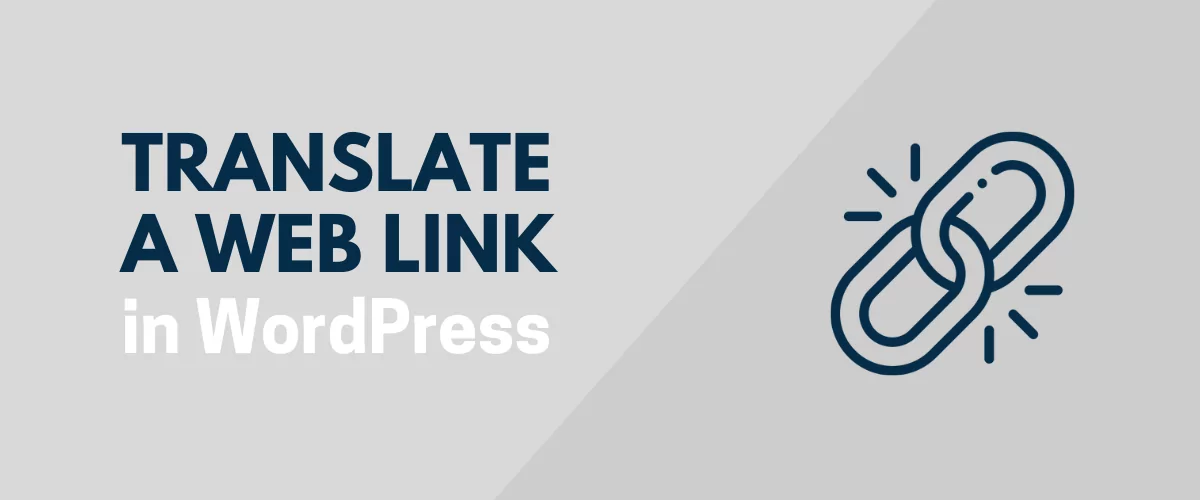
How to Translate a Web Link in WordPress
When you’re building a multilingual website, it’s helpful to know how to translate a web link into the right language. After all, for a website to be truly accessible across different geographies, all of the components must appear in the right language. Learning how to translate a website link can boost the chances of your […]
Continue Reading